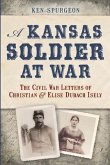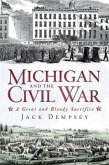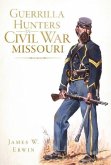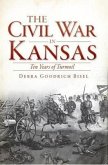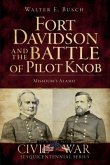Wisconsin troops fought and died for the Union on Civil War battlefields across the continent, from Shiloh to Gettysburg. Wisconsin lumberjacks built a dam that saved a stranded Union fleet. The Second Wisconsin Infantry suffered the highest percentage of battle deaths in the Union army. Back home, in a state largely populated by immigrants and recent transplants, the war effort forced Wisconsin's residents to forge a common identity for the first time. Drawing on unpublished letters and new research, Ron Larson tells Wisconsin's Civil War story, from the famous exploits of the Iron Brigade to the heretofore largely unknown contributions of the Badger State's women, African Americans and Native Americans.


